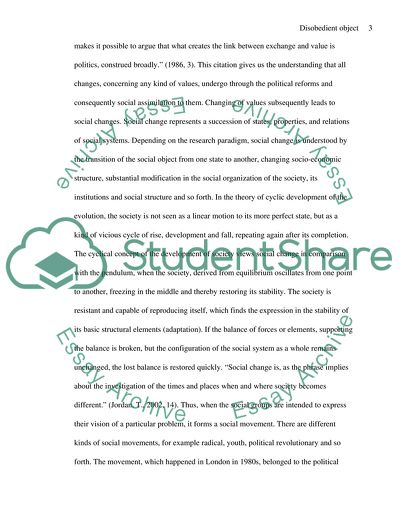Cite this document
(The Protest in London in 1980 Article Example | Topics and Well Written Essays - 1750 words - 1, n.d.)
The Protest in London in 1980 Article Example | Topics and Well Written Essays - 1750 words - 1. https://studentshare.org/sociology/1855720-disobedient-object-objecting-to-apartheid-building-a-non-stop-protest-in-1980-s-london-put-the-object-in-content-of-movement
The Protest in London in 1980 Article Example | Topics and Well Written Essays - 1750 words - 1. https://studentshare.org/sociology/1855720-disobedient-object-objecting-to-apartheid-building-a-non-stop-protest-in-1980-s-london-put-the-object-in-content-of-movement
(The Protest in London in 1980 Article Example | Topics and Well Written Essays - 1750 Words - 1)
The Protest in London in 1980 Article Example | Topics and Well Written Essays - 1750 Words - 1. https://studentshare.org/sociology/1855720-disobedient-object-objecting-to-apartheid-building-a-non-stop-protest-in-1980-s-london-put-the-object-in-content-of-movement.
The Protest in London in 1980 Article Example | Topics and Well Written Essays - 1750 Words - 1. https://studentshare.org/sociology/1855720-disobedient-object-objecting-to-apartheid-building-a-non-stop-protest-in-1980-s-london-put-the-object-in-content-of-movement.
“The Protest in London in 1980 Article Example | Topics and Well Written Essays - 1750 Words - 1”. https://studentshare.org/sociology/1855720-disobedient-object-objecting-to-apartheid-building-a-non-stop-protest-in-1980-s-london-put-the-object-in-content-of-movement.


